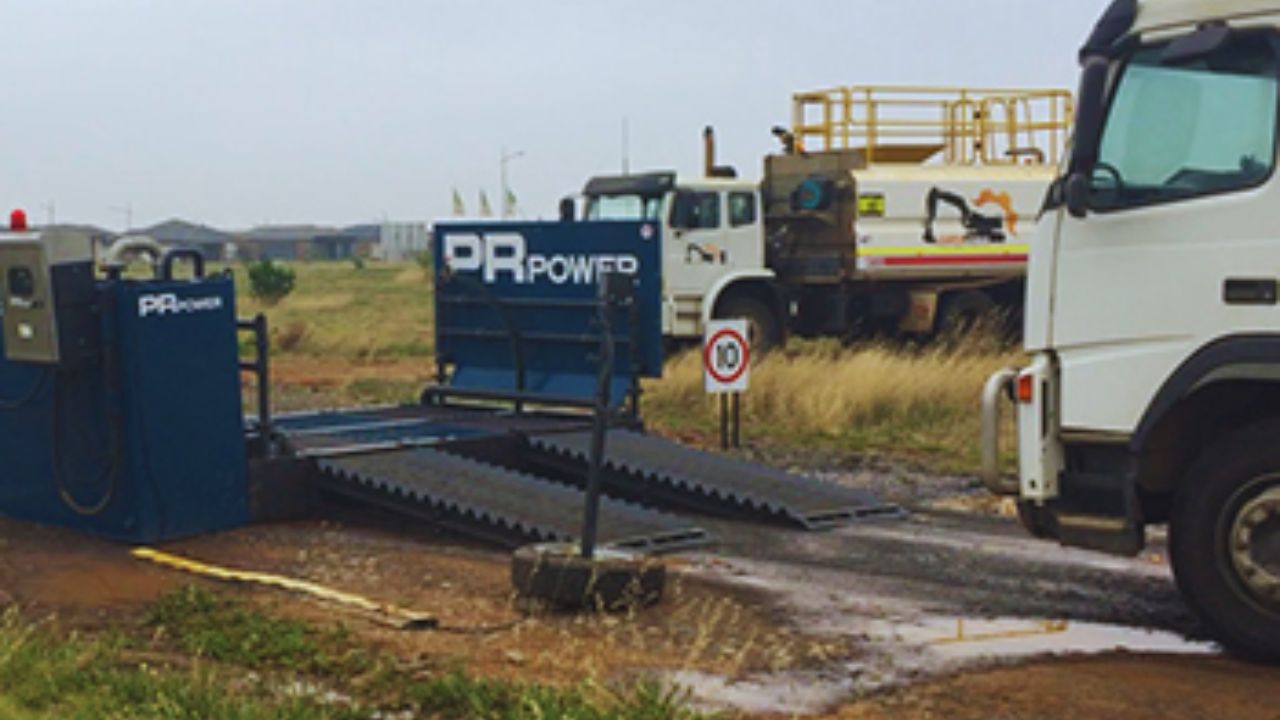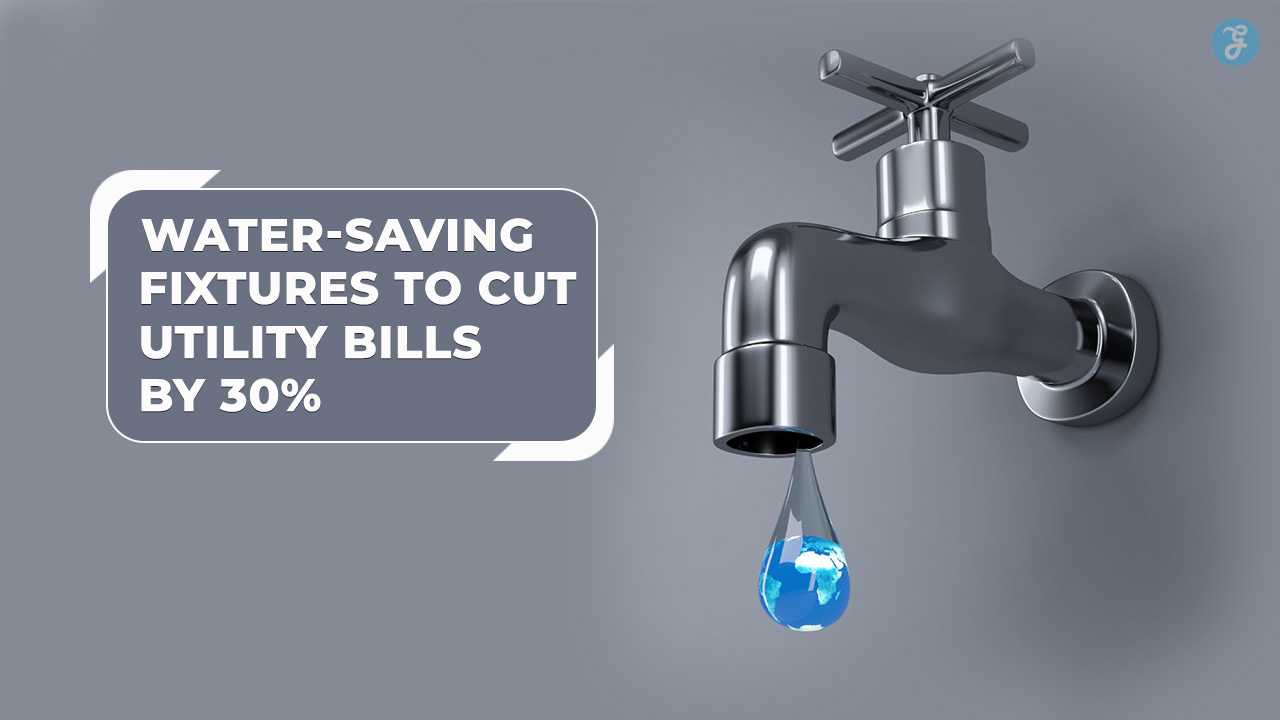How do companies maintain fleet vehicles to ensure their longevity and smooth operation? With technologies booming, specialized washing systems are integral to fleet maintenance strategies. These systems offer a more efficient and consistent approach to vehicle care, leading to better long-term outcomes.
The Role of Washing Bays in Fleet Maintenance
Maintaining a fleet involves much more than just periodic repairs and check-ups. One aspect often overlooked is the importance of keeping vehicles clean for aesthetic purposes and the vehicle’s health. The Truck washing bay has emerged as a reliable solution, providing a controlled environment where vehicles can be thoroughly cleaned inside and out. By ensuring that trucks are free from dirt, grime, and corrosive substances, businesses help protect the structural integrity of their vehicles.
Preventing Wear and Tear with Regular Cleaning
Regular cleaning plays a significant role in extending the lifespan of fleet vehicles. The buildup of road salts, dirt, and debris can lead to corrosion and other damage over time. By using this system, businesses can reduce the risk of such issues. The systematic removal of contaminants ensures that a truck’s body, undercarriage, and components stay in good condition, ultimately reducing the need for premature repairs or replacements.
Regular cleaning also helps maintain the vehicle’s aesthetic appeal, which is essential for brand image and customer perception. Furthermore, it supports the optimal functioning of critical parts, such as brakes and suspension systems, by keeping them free from harmful buildup.
Benefits of On-Site Washing Systems
Investing in on-site washing systems offers several operational advantages for businesses. One of the most significant benefits is the reduction in operational costs over time. Instead of relying on external washing services, companies can wash their vehicles on-site whenever needed, eliminating the recurring costs associated with outsourcing this task.
This gives businesses greater control over when and how their trucks are cleaned, improving scheduling flexibility and ensuring that fleet cleanliness is consistently maintained.
Improving Fleet Visibility and Branding
A clean truck is more than just well-maintained; it enhances a business’s brand image. Clean vehicles make a positive impression on clients and potential customers. Regularly washed trucks maintain their professional appearance, making them more attractive and recognizable on the road.
This can contribute to better brand visibility, especially for businesses that rely on their vehicles for marketing or customer interactions. Consistently maintaining a clean fleet ensures that the company projects a professional image, which can lead to increased trust and credibility with clients.
Environmental Considerations in Truck Washing
Washing systems also play an essential role in promoting environmentally friendly practices. Traditional methods of cleaning trucks often lead to excessive water wastage and can contribute to water pollution due to improper disposal of washing chemicals.
Modern systems are designed with water recycling systems that reduce water consumption and ensure wastewater is managed correctly. This helps to minimize the environmental impact while still providing thorough vehicle cleaning.
Technological Advancements in Washing Systems
Advancements in truck washing technology have made the process even more efficient and effective. Automated truck washing systems are now standard, using robotic arms and sensors to clean vehicles with minimal human intervention.
These systems can thoroughly clean even the most hard-to-reach areas, ensuring that trucks are cleaned thoroughly every time. Integrating innovative technologies has streamlined operations, allowing businesses to remotely monitor and control the washing process.
With the growing emphasis on fleet maintenance, the importance of a truck washing bay cannot be understated. These systems provide businesses with a practical, cost-effective solution to maintaining vehicle cleanliness and performance. By reducing the need for external cleaning services, minimizing environmental impact, and adopting modern technological advancements, such systems are changing the way fleets are managed.








































